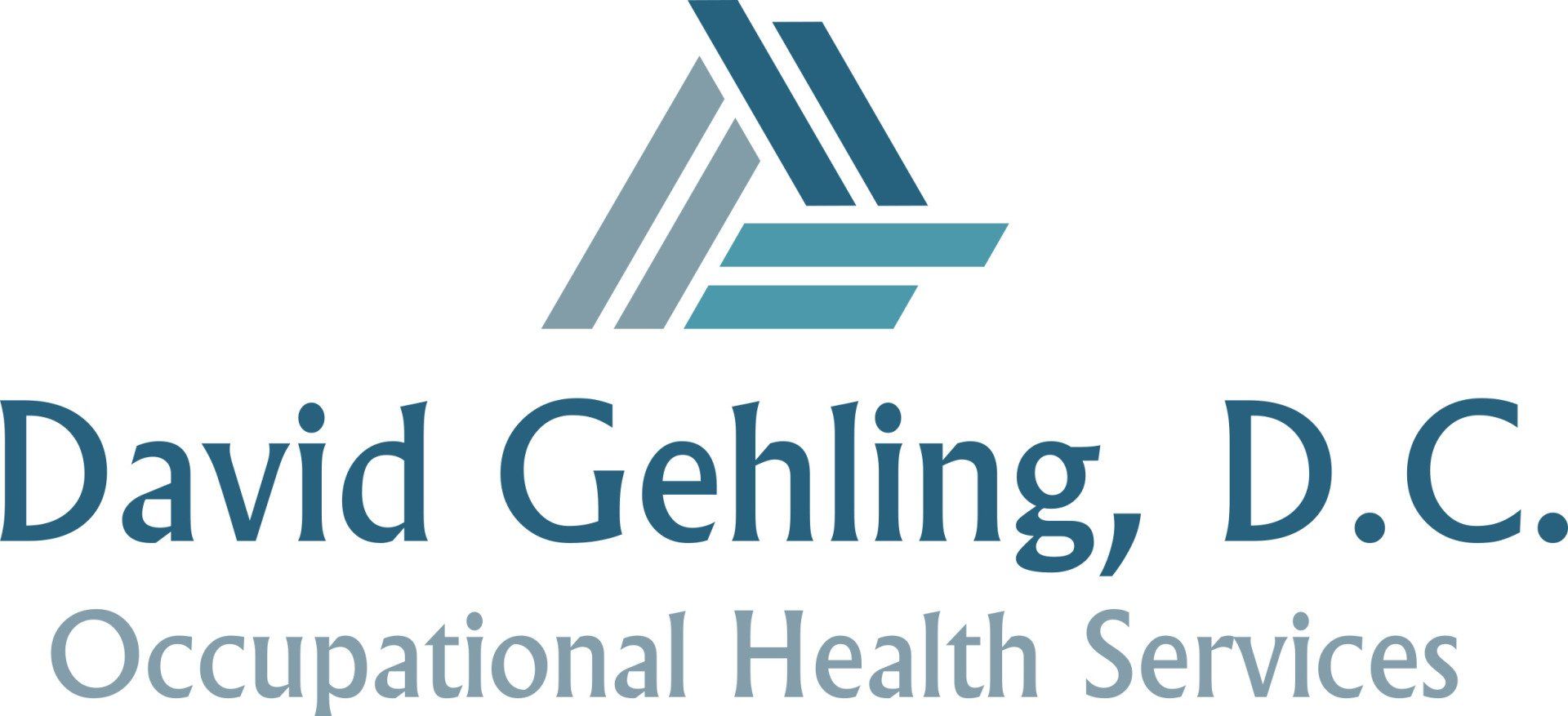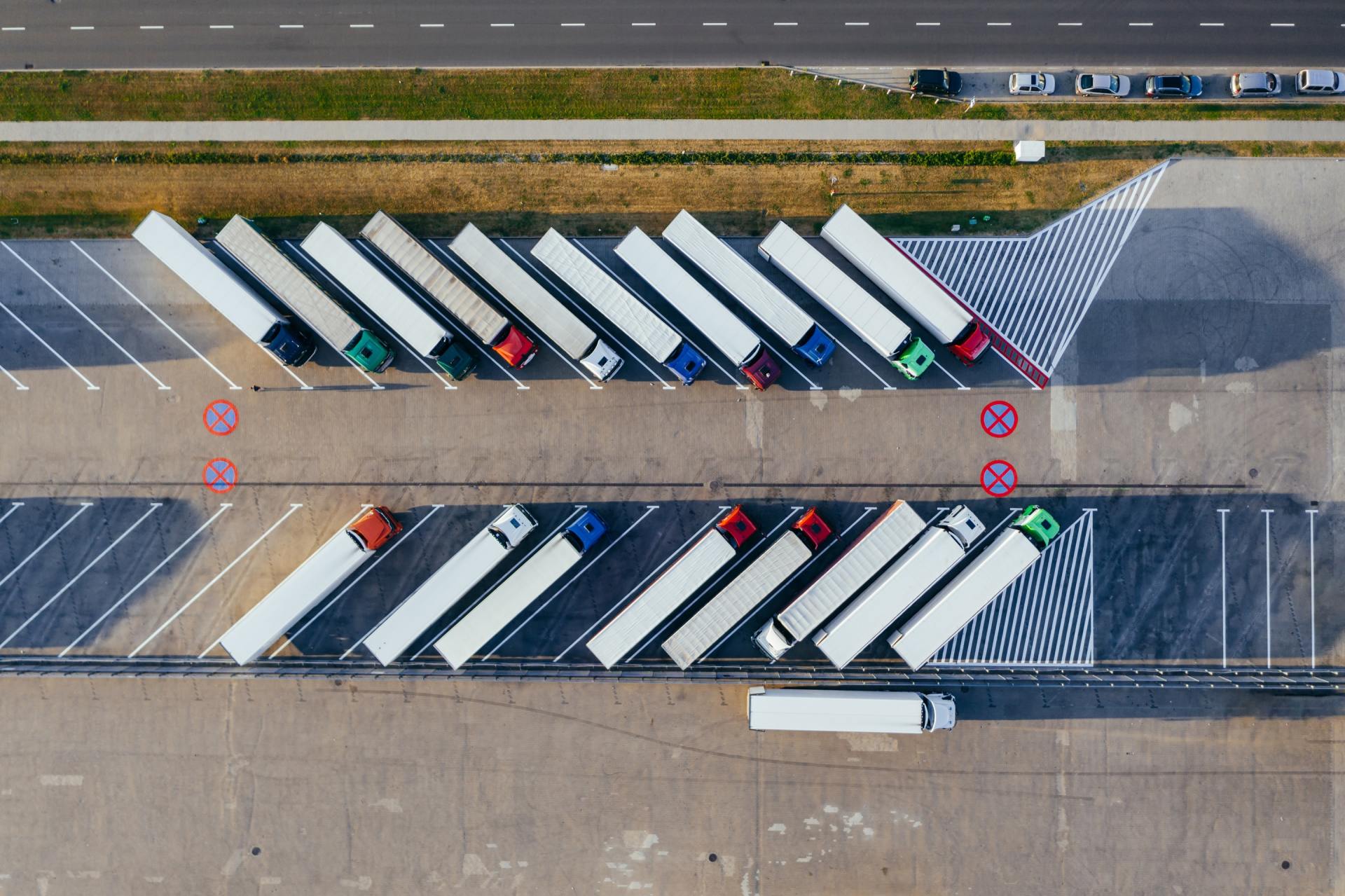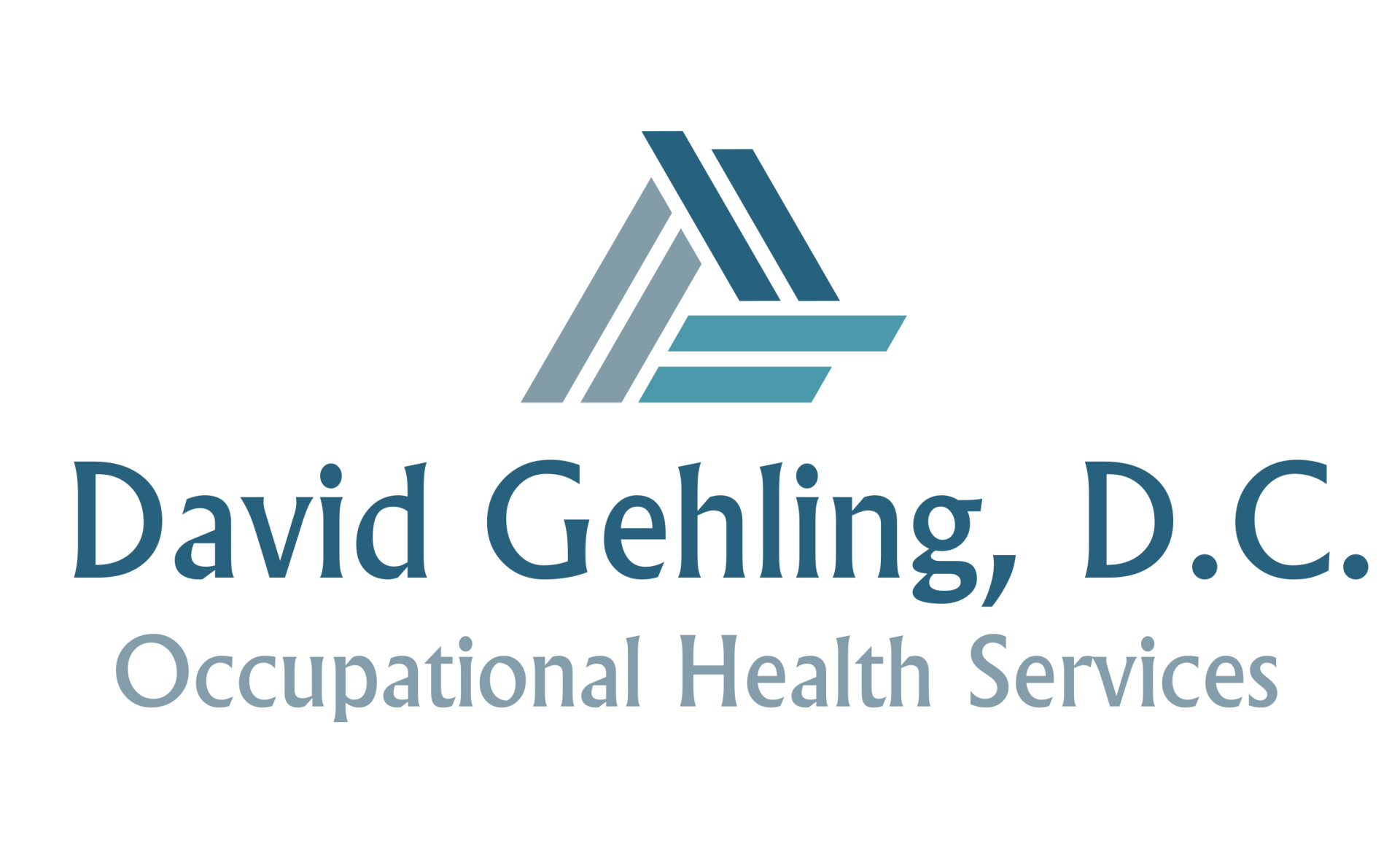
DOT Drug & Alcohol Program
- Anyone employing CDL drivers to operate commercial motor vehicles (CMVs) on public roads
- CDL drivers who operate CMVs on public roads
- Interstate motor carriers
- Intrastate motor carriers
- Federal, State, and local governments
- Civic organizations (disabled veteran transport, boy/girl scouts, etc.)
- Faith-based organizations
- Provide drug screens, SAMHSA certified laboratories and Medical Review Officer services.
- Certified test results are distributed in a timely manner utilizing our secure reporting system.
- Provide random employee testing selections using an industry accepted computer generated random selection process. There is no additional charge for this selection service other than the actual cost of the test.
- Conduct pre-employment drug tests as required by your policy.
- Conduct post-accident testing as required by your specific policy.
Frequently Asked Questions
- Will I need to be in contact with the labs and clinics?
No, Gehling Occupational Health Services will communicate with labs and clinics on your behalf.
- How long until test results are made available?
Alcohol test are immediate. All DOT drug tests have to be sent for laboratory and MRO (medical review officer ) evaluation. Negative tests are resulted, updated in system and communicated usually within 2 – 3 business days via email or phone and mail.
If a sample is “presumptive positive” , this means that for example someone has levels of codeine in their system from recently taking a prescription after getting their wisdom teeth out . The MRO will then contact the donor in order to speak directly with their doctor to confirm prescription provided by doctor and detection levels are within range of prescription.
- How does an owner-operator or a small company meet random selection requirements?
Drivers are entered into a random selection pool of 3500 – 4000 drivers and selected based upon DOT requirements.
- How far back can a urine test detect drugs?
There is no hard and fast answer to how far back drugs can be detected. Most urine drug tests can pick up drug use anywhere from 3 days to 11 weeks out. This is often determined by variables such as age, weight, the frequency of use, height and body fat percentage all play a large role in determining how long a drug stays in your system.
- What happens when a driver test positive for drugs or alcohol?
When a driver has a confirmed positive, or engages in other prohibited drug or alcohol behavior, the driver must be removed from a safety-sensitive function per §382.501. The employer must present the driver with a list of Substance Abuse Professionals (SAPs) per §40.287. The list must be given without a fee, and the carrier cannot force an employee to seek the evaluation. The list, also, must be made available to the driver (or driver applicant) whether or not the carrier retains the driver in their employ. (Retention of the driver would be based on company policy within the confines of state employment laws.)
In order to resume a safety-sensitive function, the driver must complete the Return-to-Duty Process of Subpart O of Part 40. The driver cannot perform a safety-sensitive function again until all the necessary steps are completed:
- The driver must seek a face-to-face evaluation from a SAP. (Payment of the evaluation is based on management-labor agreements and healthcare benefits and is not required of the employer under the FMCSRs.)
- The SAP will refer the driver to an appropriate treatment and education program.
- The driver must complete the required treatment and education and return to the SAP for another face-to-face evaluation.
- If the SAP is satisfied that the driver is able to return to driving, he/she will issue a report on his/her findings to the Designated Employer Representative.
- This report will list any continuing treatment and education, if required, and the number of DOT follow-up drug and/or alcohol tests required in a given time frame. The driver will be required to have a minimum of six unannounced follow-up tests in the first 12 months following the employee’s return to a safety-sensitive function. The SAP may require followup testing for up to five years.
- The driver now can go, and not prior to this point, for a return-to-duty drug and/or alcohol test. The employer must wait for the go ahead from the SAP before sending the driver in for the return-to-duty test. A negative result must be received before the driver can return to a safety-sensitive function.
After the driver returns to a safety-sensitive function, the employer must send the driver for the required number of unannounced follow-ups making sure that they do not have any discernible pattern.
All records relating to a DOT-drug and alcohol violation must be retained for five years per §382.401. If the driver leaves the motor carrier’s employment prior to the completion of the very last follow-up test, this information must be supplied to the prospective employer per §40.25, and the next employer(s) must pick up where the process left off.
Knowledgeable • Affordable • Trusted
Decorah, Iowa 52101
David Gehling, D.C. Occupational Health Services
Designed and hosted by Stress Less Tech Solutions

